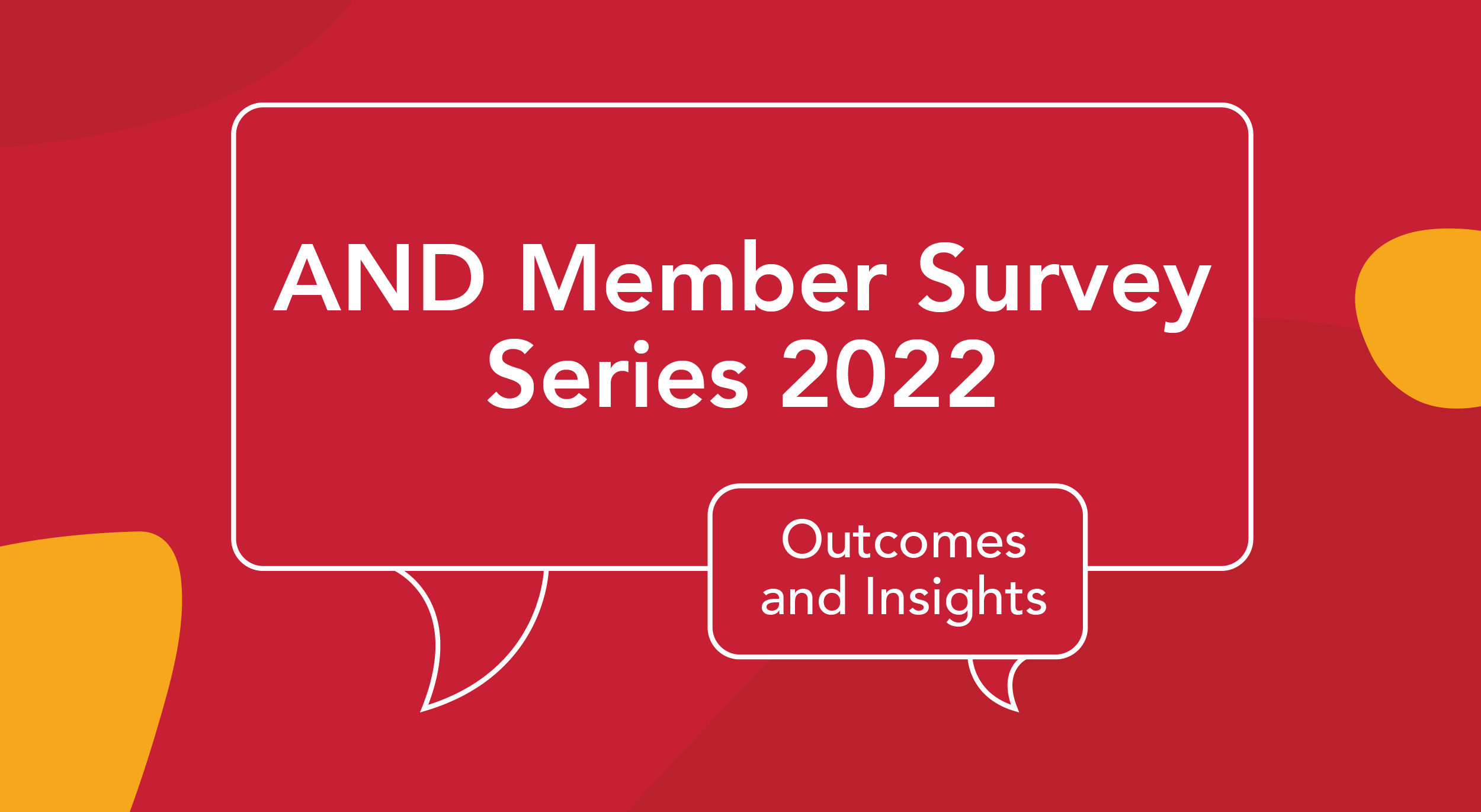
A survey of Australian Disability Network’s 400 member organisations found 68% do not have targets for the employment of people with disability and only 35% are using the Government’s Employment Assistance Fund through Job Access. However, 78% of members have implemented initiatives that seek to increase the employment or retention of people with disability.
The findings are part of extensive data collated from three surveys we sent to our members throughout November last year, to capture much-needed information about the employment of people with disability in Australia.
The survey questions focused on 1) workplace adjustments, 2) employment targets and recruitment, and 3) the employment and retention of people with disability.
We chose these subjects to not only gain greater insight into the activities of our members, but to better inform our organisation as we strive to achieve our strategic goal of creating a disability confident Australia.
We received a total of 334 results comprising 139 responses to Survey A, 98 responses to Survey B and 97 responses to Survey C.
Survey A: Workplace adjustments and use of JobAccess
Survey A asked participants about their use of workplace adjustments and JobAccess.
When asked whether they offer workplace adjustments, 57% responded that they have a formal workplace adjustment policy; 31% offer ad hoc adjustments through line managers, 10% don’t have workplace policies but they will implement adjustment requested by employees or job candidates and 2% don’t offer any adjustments.
We were surprised to learn that only 35% of our members have accessed the Employment Assistance Fund through JobAccess to get support when introducing workplace modifications.
The reasons why 65% of respondents have not accessed JobAccess were:
- A lack of awareness of the existence of JobAccess – 35%
- Have not had the need to use Job Access – 19%
- Unsure/don’t know – 16%
- Limited structures and processes in place (formal Workplace Adjustment
- Policy and Guidelines) which outline how to tap into JobAccess – 15%
- Adjustments are funded through the organisation- 9%
- Organisation use of other methods/resources – 3%
- Belief that it is too much effort to use JobAccess – 3%
- Members who accessed JobAccess used the service for:
- Funding/equipment
- Advice and training
- Workplace assessments
- Unsure
- Onboarding of employees
- Policy development
Survey B: Employment targets for people with disability
Survey B asked our members their views about employment targets for people with disability. We found that 60% of organisations in the public sector have targets for people with disability compared with only 14% in the private and not-for-profit sectors.
Overall, the research found 68% of members did not have employment targets for people with disability.
Of the 32% that have targets:
- 21% published their targets internally and externally (90% of these organisations are in the public sector)
- 11% only published targets internally (45% public, 45% private).
Survey B also asked our members about employment trends. Of the 85 respondents who reported a change in disability employment, not one of them reported a decrease in the employment of people with disability during the past 12 months.
Of the 31 members who had targets, 15 reported an increase in employment of people with disability and 7 stated that employment remained stable.
Survey B explored the barriers to attracting candidates with disability and the main challenges in seeking to identify employees with disability.
Respondents reported the top three barriers to attracting skilled candidates with disability were:
- Mainstream processes that may have unintended barriers
- Lack of resources to make this a dedicated focus
- Our mainstream recruitment practices make it hard to target any minority group
The top three challenges in seeking to identify employees with disability were:
- Lack of internal capacity/know-how
- Concerns about invading the privacy of employees
- Not sure how to ask about disability status in the appropriate way
Our final survey examined disability representation in employment with 62 members responding to the question, “what percentage of employees at your organisation are people with disability?”
Overall, the average employment representation was 6.5% of people with disability and the median was 5.5% of people with disability.
We compared the average and median representation of employees with disability in the not-for-profit, private and public sectors.
- NFP: average 8.5%, median 8%
- Private sector: average 4.4%, median 4%
- Public sector: average 6.7%, median 6%
We were encouraged to learn that 78% of members have implemented initiatives that seek to increase the employment or retention of people with disability.
Survey C: Employment and retention initiatives
Survey C asked members to rank the top 5 employment and retention initiatives they have introduced. Members reported that they:
- Focussed on building an inclusive culture
- Offered flexible work arrangements
- Developed a Disability Employee Network
- Implemented a workplace adjustment process including information technology
- Developed and implemented an employment strategy for people with disability
- Tailored recruitment
In this survey, members were also asked to list the top 5 barriers to implementing employment initiatives for people with disability.
The barriers were:
- Managers do not feel confident in managing people with disability
- Limited resources
- Lack of expertise
- Knowing what to do/where to start
- Resources being dedicated to another diversity cohort
Respondents said the five key factors that would influence their willingness or ability to develop employment initiatives were:
- Access to appropriately qualified candidates
- Expectations of staff
- Government tender employment guidelines/reporting requirements
- Labour shortages
- Expectations of customers
We have shared the survey findings with our members, JobAccess, the Department of Social Services and Minister Amanda Rishworth.
In 2023 we will undertake research that will explore activities, trends and opportunities that will influence the employment of people with disability in Australia.
Our upcoming research will further examine workplace adjustments and focus on understanding best practice for accessible and inclusive customer experiences.